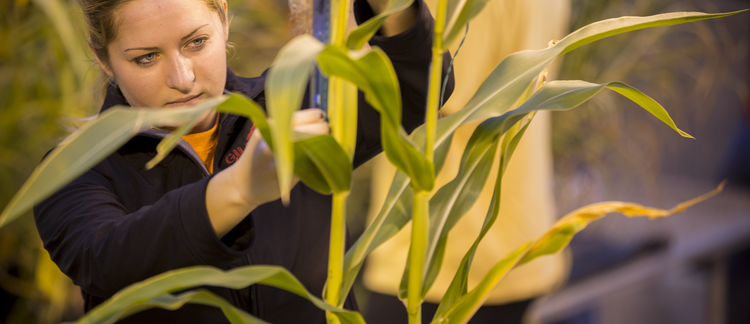Abstract
The soybean aphid (Aphis glycines), native to China, has become the most economically damaging insect in soybeans in northeast Iowa. Soybean aphid may have up to 18 generations per year, beginning with overwintering eggs on the alternate host buckthorn. In spring, winged aphids migrate from buckthorn to nearby emerged soybeans. Generations advance in these fields, and then another winged migration occurs in summer spreading from these fields to others. A third migration occurs in fall with aphids moving back to buckthorn. Depending on the season, soybean proximity to buckthorn, and soybean aphid migration patterns, populations of aphids tend to peak in soybeans anywhere from late July to early September. With higher aphid populations, the production of honeydew (the excrement of the aphid) and the resulting black fungus that grows on it (sooty mold) may become apparent. Aphid feeding may cause stunted plants, reduced pods and seeds, and may also transmit viruses that could cause mottling and distortion of leaves, reduced seed set, and discolored seeds.
Keywords: RFR A11109
How to Cite:
Pecinovsky, K. T. & Lang, B. J., (2012) “Effect of Certified Organic Products on Soybean Aphid”, Iowa State University Research and Demonstration Farms Progress Reports 2011(1).
Downloads:
Download pdf
View PDF
232 Views
87 Downloads

